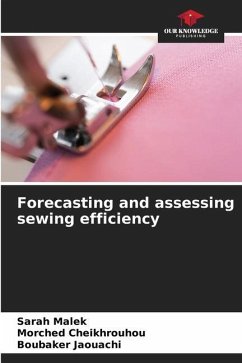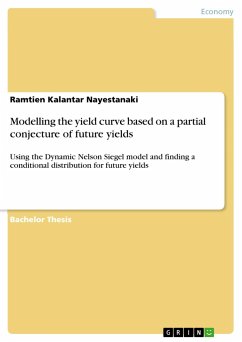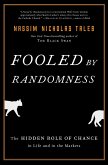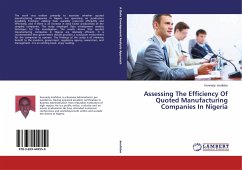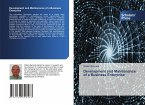This work is a contribution to the prediction and evaluation of the sewing efficiency of a garment prior to production. We chose a design of experiments with the material and sewing parameters (fabric basis weight, stitch density and sewing thread count) as input parameters and the sewing efficiency as output parameter. This plan was applied to three groups of fabrics with different compositions and in two sewing directions (warp and weft). Firstly, we showed the significance and importance of the input parameters and their interactions on sewing efficiency. Secondly, based on the linear regression method, we determined a model for the sewing efficiency in each of the sewing directions and each of the fabric groups. This modelling was practically validated. The prediction of seam quality guarantees the garment maker the desired quality from the very first stroke, so there will be less waste of time and raw material. As a result, there will be less loss of manufacturing cost.

